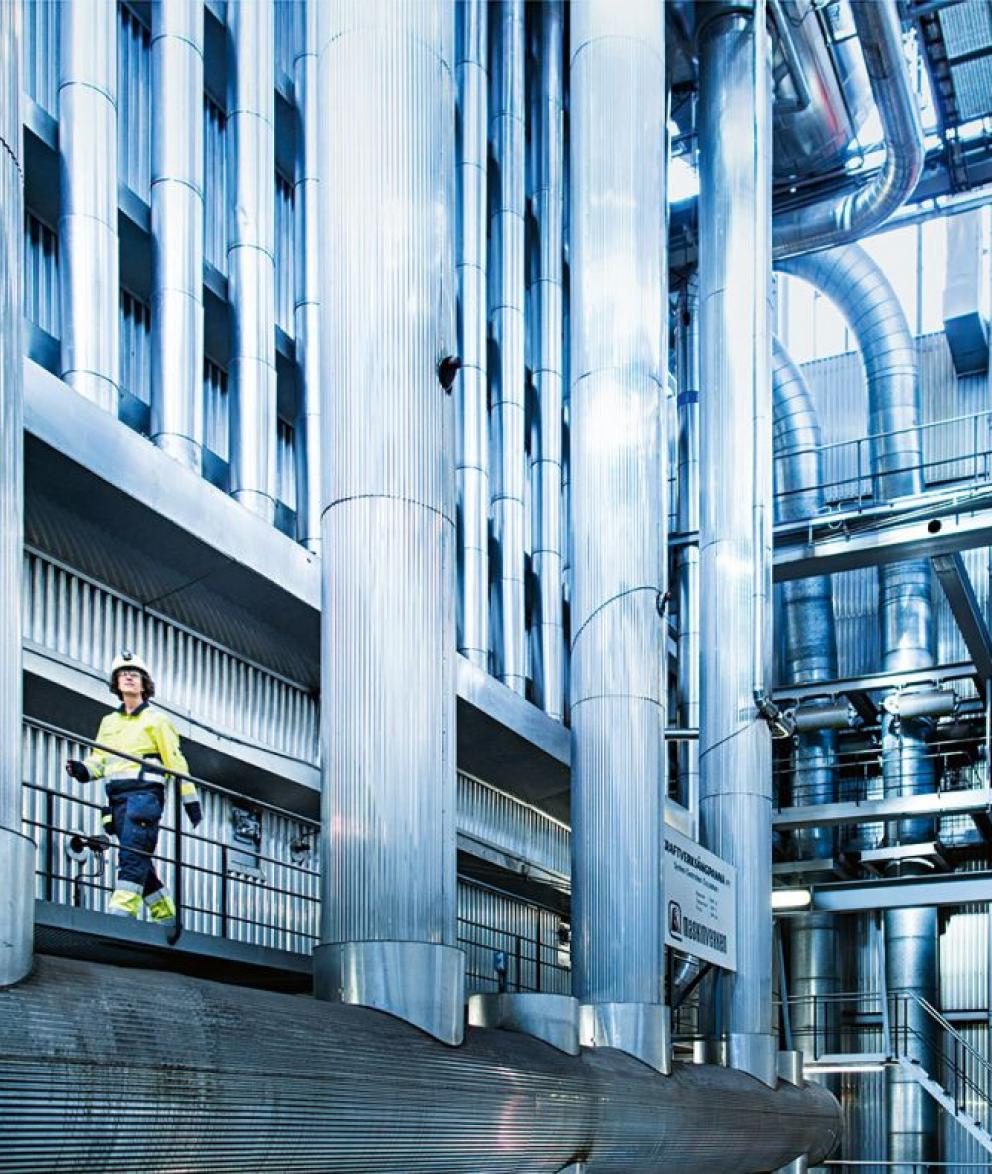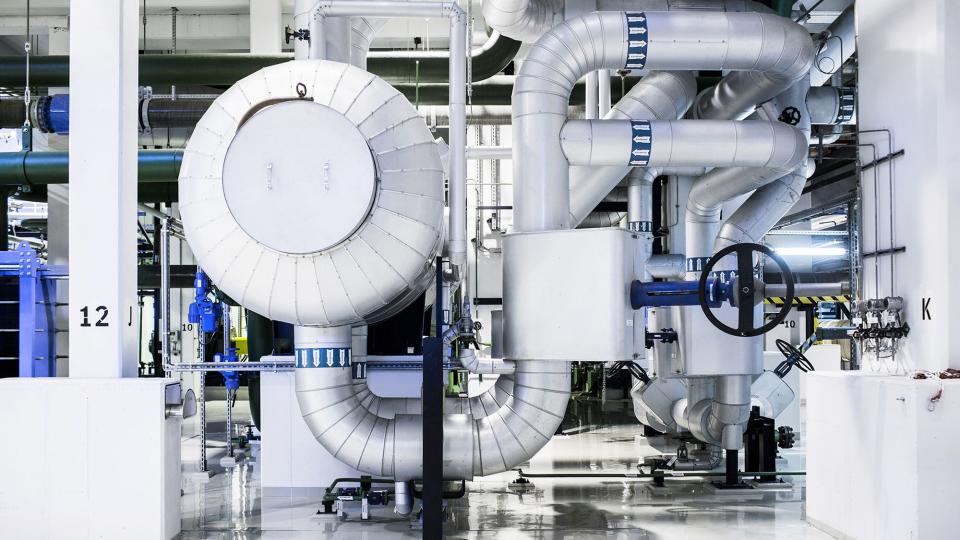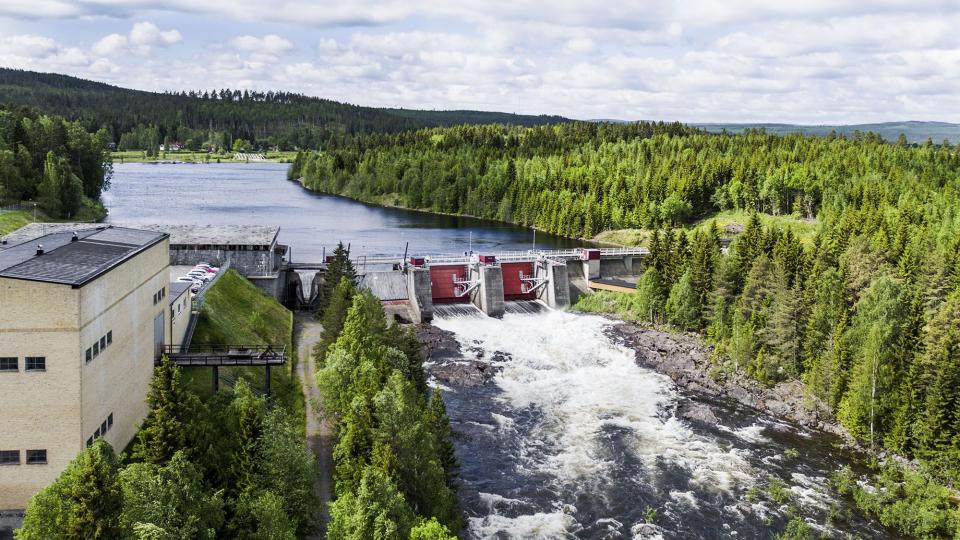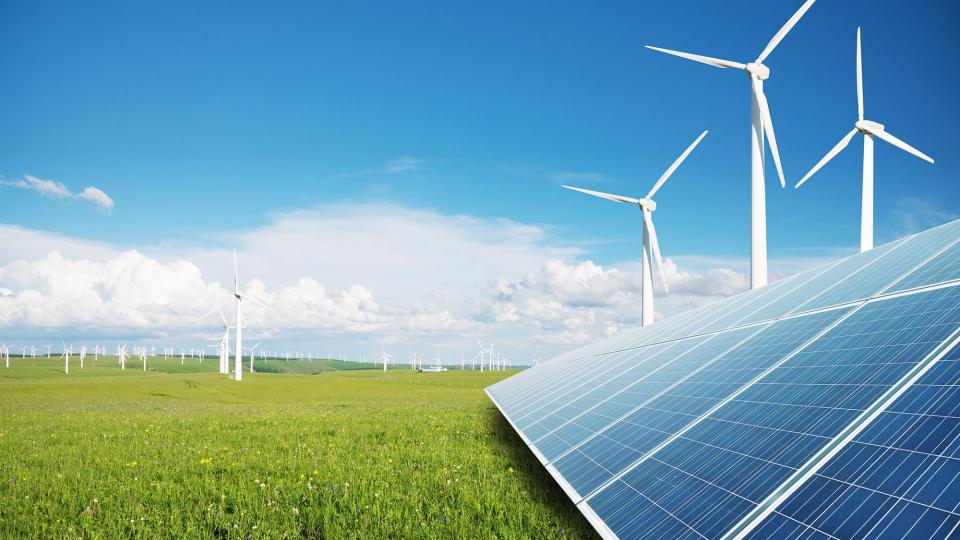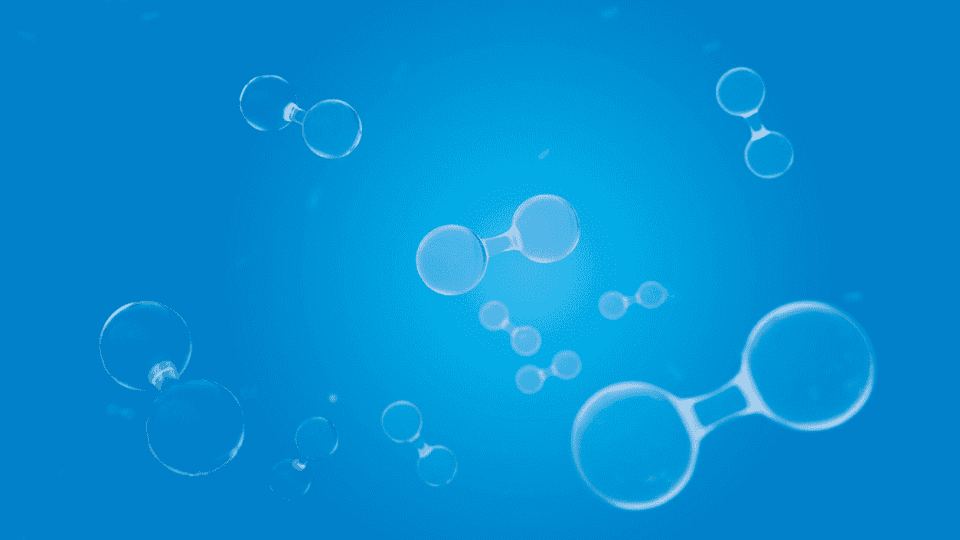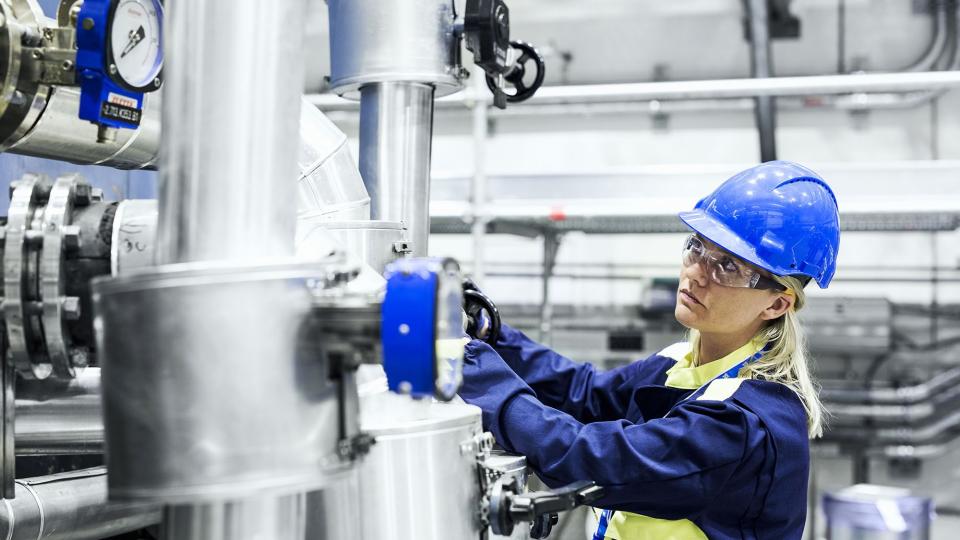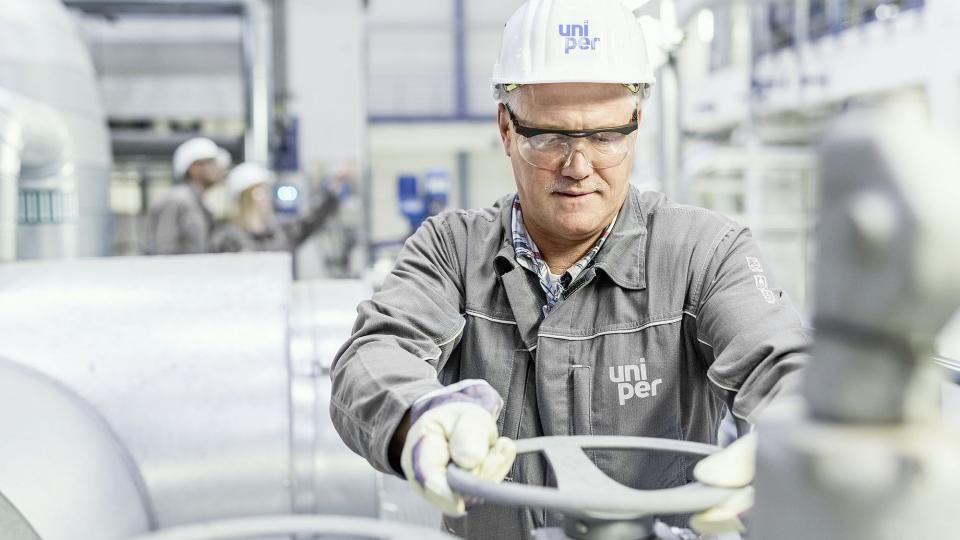Many of our power plants, particularly our gas turbines and some of our hydro plants, are highly flexible. They can come online at short notice to balance out fluctuations in renewables output. As wind and solar come to dominate Europe's energy systems, this flexible capacity will become even more essential for ensuring a reliable power supply.
Our electricity mix is getting cleaner all the time. We're closing coal-fired power plants, converting some of them to gas, sourcing lots of green electricity from renewable producers, and beginning to build wind and solar farms ourselves. We're also exploring options for our gas-fired power plants to operate climate-neutrally. These options include converting them to run on green hydrogen or biofuels or capturing and storing their carbon emissions. This would make our key capability – providing flexible power – carbon neutral.
It’s all part of our commitment for our entire business to be carbon-neutral by 2040. We intend to be more than halfway there by 2030.
Uniper is also a leading European gas merchant with a diversified portfolio consisting of roughly 200 TWh of long-term contracts, LNG, and short- and medium-term market transactions. In addition, we're a pacesetter in establishing Europe's hydrogen economy.
In GW |
Gas |
Coal |
Hydro |
Nuclear |
Oil |
Total (count) |
|---|---|---|---|---|---|---|
Germany |
3,3 |
3,2 |
2,0 |
0,0 |
1,4 |
9,9 |
United Kingdom |
4,2 |
2,0 |
0,0 |
0,0 |
0,2 |
6,4 |
Sweden |
0,0 |
0,0 |
1,6 |
1,4 |
1,2 |
4,2 |
Netherlands |
0,5 |
1,1 |
0,0 |
0,0 |
0,0 |
1,6 |
Hungary |
0,4 |
0,0 |
0,0 |
0,0 |
0,0 |
0,4 |
Total (asset specific) |
8,4 |
6,3 |
3,6 |
1,4 |
2,8 |
22,5 |
Learn more about our energy sources
Greener Gases: Ensuring security of supply and sustainability
Natural gas will remain critical for ensuring Europe's security of supply for years to come. A diverse, flexible and sustainable supply needs to include more and more green gas going forward.
Clean electricity from water
We’ve been producing zero-carbon power for over 125 years. Our first hydro plant, Höllriegelskreuth in southeast Germany, entered service in 1894.Today, we have 2 GW of hydro capacity in Germany and 1.6 GW in Sweden.
Making our power portfolio even greener
In the past, Europe’s renewables growth was fueled almost entirely by subsidies. That has changed. In many countries wind and solar have achieved grid parity; that is, they can produce electricity at roughly the same cost as or less than other sources like gas.
The key to decarbonizing industry
Companies and communities across Europe have embarked on a decarbonization journey. Low- and zero-carbon hydrogen can make this journey possible. It can power vehicles, locomotives, and ships. It can be injected into the gas network and subsequently used to generate electricity and heat homes. Finally, it can be combined with captured carbon dioxide to produce climate-neutral chemicals and green diesel and jet fuel.
Zero-carbon mainstay of Northern Europe
At the end of 2022, Germany’s remaining nuclear power plants will split their last atoms. In Northern Europe, by contrast, nuclear energy is far less controversial. Uniper has 1.4 GW of attributable nuclear capacity in Sweden, which relies on nuclear energy for about 40% of its electricity.
Making a fast exit
Some of Uniper’s deepest roots are in countries — Germany and Britain — that had abundant coal reserves. They used them. To make steel, to generate electricity, to fuel prosperity. We’ve operated some of Europe’s biggest and best coal-fired power stations. Our 2 GW plant in Ratcliffe-on-Soar in central England has been powering up to 2 million homes for more than half a century.
